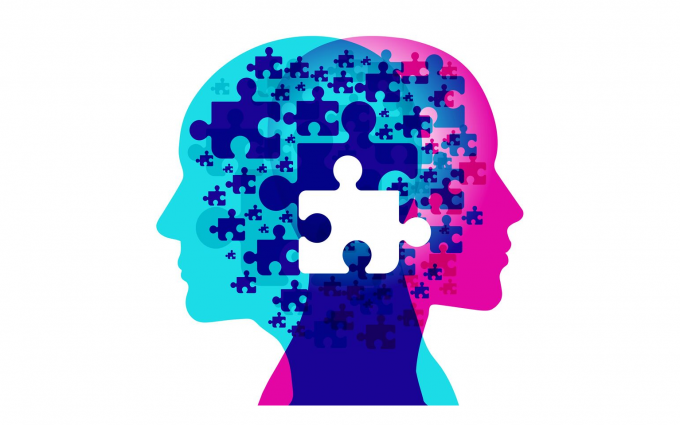09/27/2016

The newest advancement in paraplegic rehabilitation sounds like something out of Neuromancer – a virtual reality device that not only acts as a form of physical rehabilitation but could, in some instances, lead to a restoration of feeling and motion. The medical science has been around for close to two decades, but until recently, the results had not been published.
Findings published in Scientific Reports this year revealed the successful rehabilitation of eight individuals, each a chronic spinal cord injury paraplegic for anywhere from three to 13 years. For a full year, these patients underwent long-term training with a multi-stage, brain-machine interface (BMI), specifically with the intent to restore movement.
What is a BMI?
In simple terms, BMI is a direct communication between the brain and an external device. This is the next iteration and complementary technology to the previous Brain-Computer-Interface (BCI) technology that has been in research development over the past few years. For this study, the BMI is described as “an assistive strategy at restoring mobility in severely paralyzed patients.”
Think of the virtual reality (VR) glasses for a smartphone. Now add electrodes, brainwaves, tactile feedback and an exoskeleton. Patients began training in a virtual environment, wearing VR glasses. The images they saw were actually avatar images of themselves. In addition, each patient wore a long-sleeve T-shirt equipped with a vibrating feedback device on the forearm and an Oculus Rift cap, which measured brainwave activity. They were then asked to move their soccer player avatar through a stadium. It was all virtual and based on imagining their bodies moving. The act of imagining moving a leg forward was met with a quick vibration on their forearm; thereby, triggering a sensation with the action.
Next, patients hit the treadmill in a custom-fitted robotic exoskeleton that moved their legs for them via brainwaves. The third step in their training combined all the elements together. Now in the exoskeleton and with a tactile response to motion, the patients were asked to control their minds similar to how they controlled their avatar. They trained daily, and each time, the complexity of the activities increased in order to build stability and better control. The brain was gradually being retrained to feel as if the patient was walking.
The Results
Although each patient advanced at his or her own pace, by the end of the year, each regained the ability to feel sensation, mainly at the hip with some at the knee and ankle. Improved motor function was also evident, as well as improvement in voluntary muscle contraction. While these patients may not run a marathon in the future, the use of virtual reality in rehabilitation reignited communication between surviving nerves and muscle receptors. The improvements may be small, but for the patients, they are significant and give hope that spinal cord injuries may someday be repairable.
About Spinal Cord Injuries
The University of Alabama National Spinal Cord Injury Statistical Center reports that 250,000 Americans are spinal cord injured, with 52 percent of those individuals considered paraplegic.